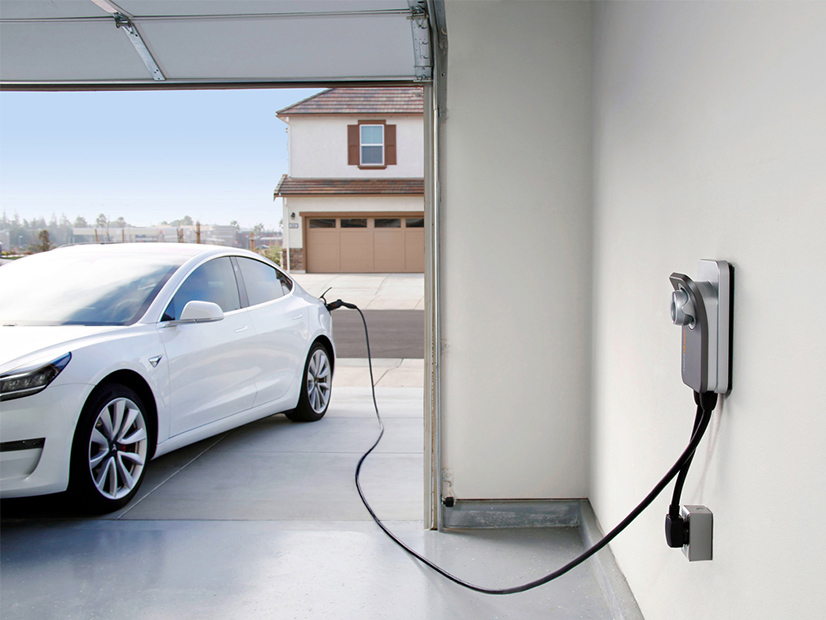FERC has been working through compliance filings on Order 2222, but none of the ISOs or RTOs have yet to have aggregations of distributed energy resources actually participate in their markets.
The commission defines DERs as any resource located on the distribution system or behind a customer meter, or any subsystem thereof, said David Kathan, a former FERC staffer who worked on the issue and now runs his own consulting firm. Speaking on a webinar hosted Wednesday by the United States Energy Association, Kathan listed rooftop solar, community solar, electric vehicles, cogeneration facilities, distributed storage, demand response and others as potential DERs.
Load management and solar were the dominant DERs from 2015 to 2020, and they are expected to continue growing at a healthy clip but will be joined by additional resources ramping up deployments this decade such as EVs and storage, Kathan said.
Hawaii is ahead of most states on renewable deployments with a goal of getting to 100% renewables by 2045, and DERs will play a key role there, he said.
“I know Hawaii is not exactly, you know, the normal state in the United States; it’s islands,” Kathan said. “It has a different set of resources and challenges. And they like to call themselves a postcard for the future.”
Across the entire state, DERs could make up 15% of electricity by 2045, but they could be as high as 23% on the island of Maui. It is important for grid operators to have visibility into those resources, but that requires changes to how they have operated in the past.
“Many DERs, especially behind-the-meter resources, are too small to participate in wholesale markets,” Kathan said. “Most RTOs and ISOs have set a minimum offer size requirement of at least 100 kW.”
Individual DERs often do not have the capability, nor the interest, to participate in the markets, but they are happy to have aggregators do much of the work so they can get paid, he added.
“At present, no DER aggregations participate in wholesale markets … and will mostly have to wait until implementation of 2222 by the RTOs and ISOs,” Kathan said. “Most plan for effective dates for their participation between 2024 and 2026.”
MISO has proposed an implementation date of 2030, but that is still pending FERC approval. CAISO enacted its DER aggregation rules back in 2016, and many of the elements it set up then informed Order 2222. But even there, no DERs have participated in the wholesale markets yet.
“It is not necessarily a problem with the rules, and more having to do with issues that are still not resolved at the state level,” said Kathan. “And in particular, whether various resources, like DERs and demand response, are able to see resource adequacy credits has been a major issue on why there has not been as much participation.”
Getting the rollout of DERs and how they work on the grid right is going to be important when it comes to decarbonization efforts, said Omar José Guerra Fernández, of the National Renewable Energy Laboratory.
Much of the discussion has been on how to decarbonize the power sector, “but then we also need to decarbonize the industrial transportation and building sectors,” said Guerra Fernández. “And, in my opinion, this is the place where the DER group will play a significant role.”
DERs will help ensure that cars are charged up when the grid is producing clean power, providing a key cross-sectoral role in decarbonization, he added. It will also help decarbonize the building sector in ways that central station renewables are not capable of by adding distributed generation, heat pumps and other technologies that can ensure buildings do not produce greenhouse gases.
“DERs are a variety of technology that will allow us to do this cross-sectoral integration of the energy systems to help achieve net zero by 2050, or maybe before,” Guerra Fernández said.


